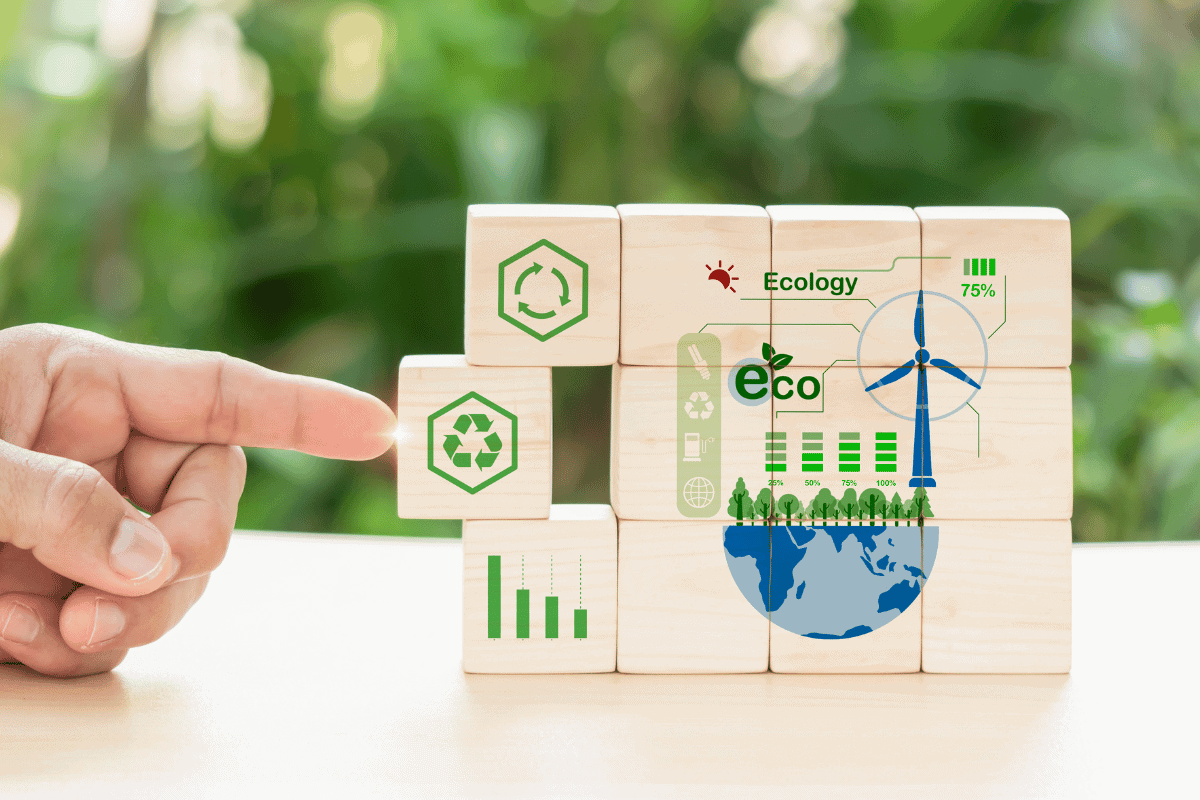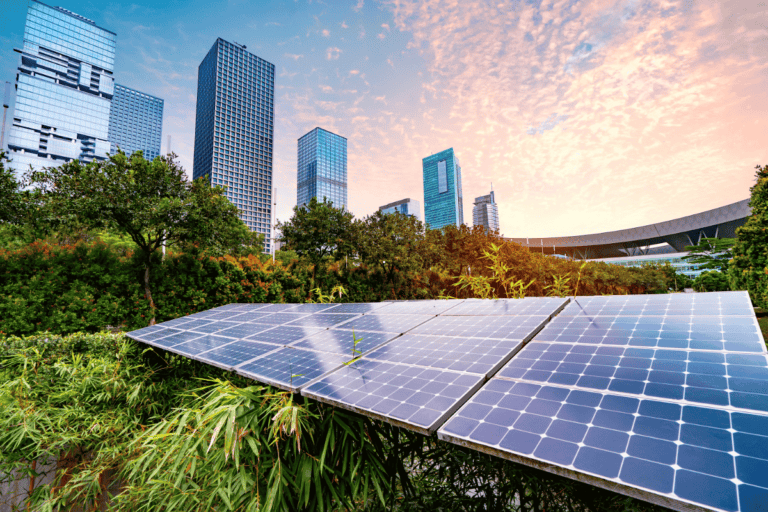What is the Circular Economy? A Pathway to Sustainability
As the global economy faces the realities of resource scarcity, environmental degradation, and growing waste, the concept of the circular economy has emerged as a promising solution to address these challenges. The circular economy represents a fundamental shift from the traditional linear economic model—often described as “take, make, dispose”—to one that designs out waste, keeps products and materials in use, and regenerates natural systems.
In this article, we will dive into what the circular economy is, why it’s important, and how it can reshape industries for a more sustainable future.
The Linear Economy vs. The Circular Economy
In the traditional linear economy, resources are extracted, transformed into products, and eventually discarded as waste after their use. This model relies heavily on the availability of cheap and abundant raw materials, which is increasingly unsustainable given the finite nature of resources.
In contrast, the circular economy operates on three main principles:
- Designing Out Waste and Pollution: Instead of treating waste as an inevitable byproduct of economic activity, the circular economy seeks to design it out from the beginning. This means rethinking how products are made and how resources are used in production.
- Keeping Products and Materials in Use: Circularity emphasizes extending the life cycle of products through repair, reuse, remanufacturing, and recycling. The goal is to maintain the value of products and materials for as long as possible, keeping them in circulation rather than sending them to landfills.
- Regenerating Natural Systems: The circular economy aims to actively improve the environment rather than just minimizing harm. This includes practices such as using renewable energy, restoring ecosystems, and ensuring that products and processes regenerate, rather than deplete, natural resources.
Why the Circular Economy Matters
With rising concerns about environmental sustainability, the circular economy offers an alternative that addresses the root causes of resource depletion and pollution. Here are some of the key reasons why the circular economy is essential:
- Resource Efficiency: The circular economy helps reduce dependency on finite resources by making better use of materials that are already in circulation. This decreases the need for virgin materials, reducing pressure on ecosystems and lowering the environmental impact of extraction.
- Waste Reduction: By designing out waste from the production process and ensuring that materials are reused or recycled, the circular economy can significantly reduce the amount of waste generated. This helps address the growing issue of landfill overcrowding and pollution from waste disposal.
- Climate Change Mitigation: Reducing resource extraction and minimizing waste both contribute to lowering greenhouse gas emissions. Circular practices, such as using renewable energy and promoting energy efficiency, are key to tackling climate change.
- Economic Opportunities: The circular economy is not just about sustainability—it also offers significant economic benefits. Circular business models can open up new revenue streams, reduce costs, and increase resource security. Industries that embrace circularity can drive innovation and create jobs in areas like recycling, remanufacturing, and sustainable product design.
Key Components of the Circular Economy
- Product Design for Circularity
One of the foundations of the circular economy is designing products that are sustainable from the start. This includes designing products that are durable, easy to repair, and easy to disassemble for recycling. By ensuring that products have a longer lifespan, businesses can reduce the overall consumption of materials and resources.
For example, companies like Fairphone have pioneered modular smartphones that allow users to easily replace individual components, such as the battery or screen, rather than replacing the entire device.
- Waste as a Resource
In a circular economy, waste is reimagined as a valuable resource. Instead of sending materials to landfills, they are recovered, recycled, and reintegrated into production processes. This concept is often referred to as a “closed-loop system,” where materials circulate within the economy rather than being discarded.
Industries such as manufacturing, agriculture, and even fashion are increasingly adopting this approach. Textile recycling, for instance, transforms old clothing into new fibers for use in apparel production, reducing the need for virgin materials like cotton or polyester.
- New Business Models
The circular economy also opens the door to new, innovative business models that are less reliant on selling physical products and more focused on services. Examples include:
- Product-as-a-Service: Companies can retain ownership of products and offer them as services. For instance, instead of selling equipment, businesses could lease it, ensuring that products are returned for refurbishment or recycling at the end of their use.
- Sharing Platforms: The sharing economy, including services like car-sharing or tool-lending platforms, aligns with the principles of circularity by promoting shared use of resources and reducing the need for individuals to own multiple items.
- Take-Back Programs: Companies can implement programs where customers return used products to be refurbished, remanufactured, or recycled. This helps keep valuable materials in circulation while also building customer loyalty.
- Circular Supply Chains
To truly embrace the circular economy, businesses need to rethink their entire supply chain. This involves using recycled materials, ensuring products are designed for disassembly, and collaborating with suppliers to reduce waste at every stage of the production process.
Some industries, such as the electronics sector, are already making strides toward circularity by implementing closed-loop supply chains, where components from old products are recovered and reused in the production of new devices.
The Benefits of Embracing the Circular Economy
The benefits of transitioning to a circular economy are vast and extend beyond environmental protection. They include:
- Cost Savings: Circular business models can lower costs by reducing reliance on raw materials, improving resource efficiency, and minimizing waste disposal expenses.
- Job Creation: The shift to circularity can create new jobs in areas such as recycling, remanufacturing, and repair services, as well as in research and development for sustainable products.
- Resilience: Circular systems reduce vulnerability to resource price fluctuations and supply chain disruptions, making businesses more resilient in the face of external shocks.
- Brand Value: As consumers become more conscious of sustainability, businesses that adopt circular practices can enhance their brand reputation and attract eco-conscious customers.
Conclusion
The circular economy offers a visionary framework for achieving sustainability while driving economic growth and innovation. By shifting away from the wasteful, resource-intensive linear model, businesses, governments, and individuals can contribute to a more sustainable future where resources are used efficiently, waste is minimized, and natural systems are regenerated.
Embracing the circular economy is not just an environmental necessity—it’s a business opportunity. The future of commerce lies in circularity, and the organizations that take the lead in this movement will not only protect the planet but also thrive in a new era of sustainability-driven growth.
Are you ready to rethink your approach to business and embrace the circular economy? The journey starts now.








